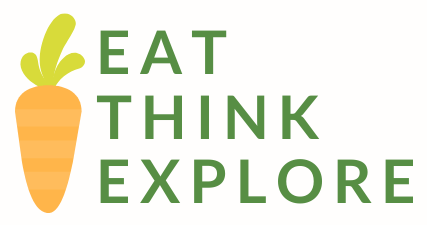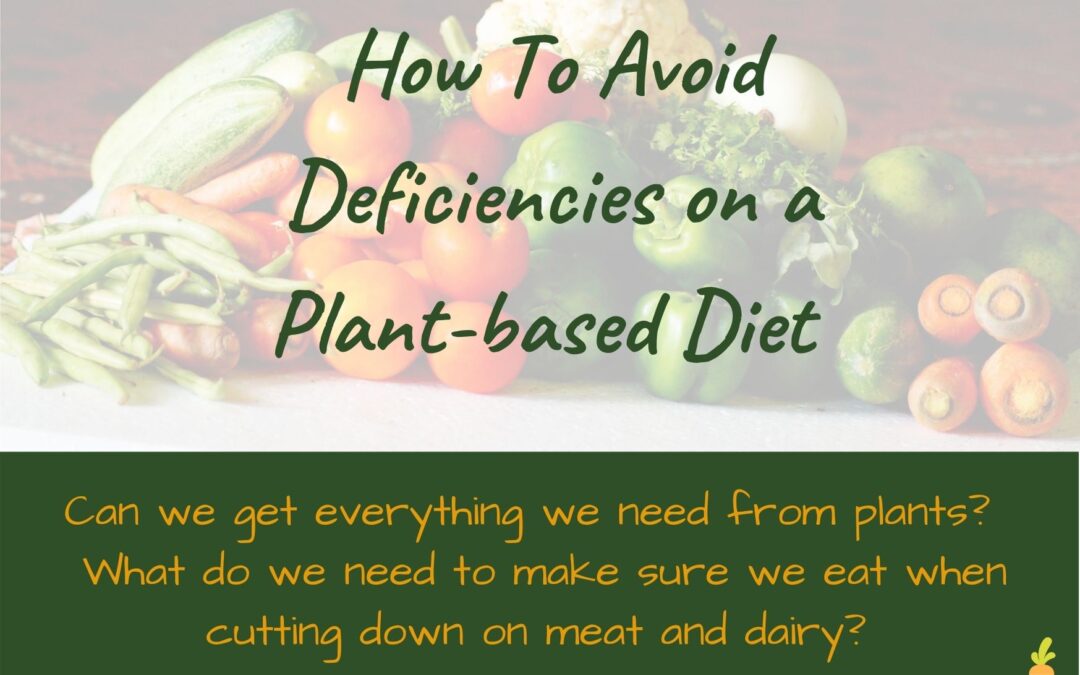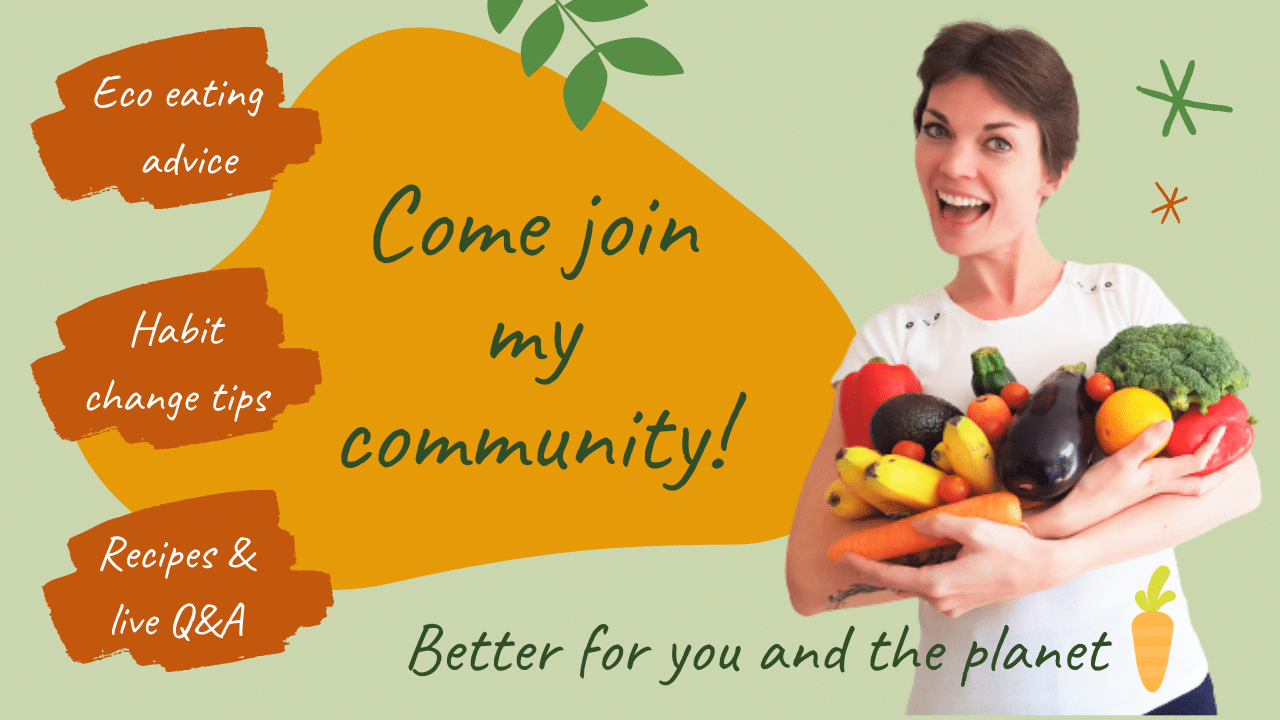Whilst the debate as to whether we should by cutting some, all or no meat and dairy from our diet for the good of the planet rages on, many of us are already cutting down our meat and dairy intakes for health, animal welfare or ecological reasons.
But there are a number of nutrients associated with meat and dairy, which can lead us to ask, how can I avoid deficiencies on a plant based diet? Or perhaps you haven’t thought about it? If you’re moving to plant-based then you should – but it’s not all bad news!
Why should you be concerned about how to avoid deficiencies on a plant-based diet?
With any diet change comes a risk of getting it wrong, and not providing your body with the nutrients it needs to function properly. If we don’t get all the macro and micronutrients our bodies need, we can suffer from chronic conditions ranging from poor skin up to cancer.
Cutting out whole food groups always brings the highest risks of deficiency. If you are just cutting down, the risks will be lower, but it’s still worth making sure you’re aware about what you could be missing if you don’t get ‘plant-based’ right.
What do I mean by ‘plant-based’?
There are a few definitions of ‘plant-based’, but this is mine. The littoral version –‘based’ meaning that’s the main item or the starting point. For me, this means eating mainly plants, but with some meats, dairy, eggs etc thrown in occasionally.
For others, ‘plant-based’ can mean only plants. I call this vegan.
What deficiencies might we face when shifting to a ‘plant-based’ diet and what should we eat to avoid them?
Let’s start by busting some myths…
There are some macros, vitamins and minerals that people associate with meat and dairy which we think we can’t get from plants… we’re wrong!
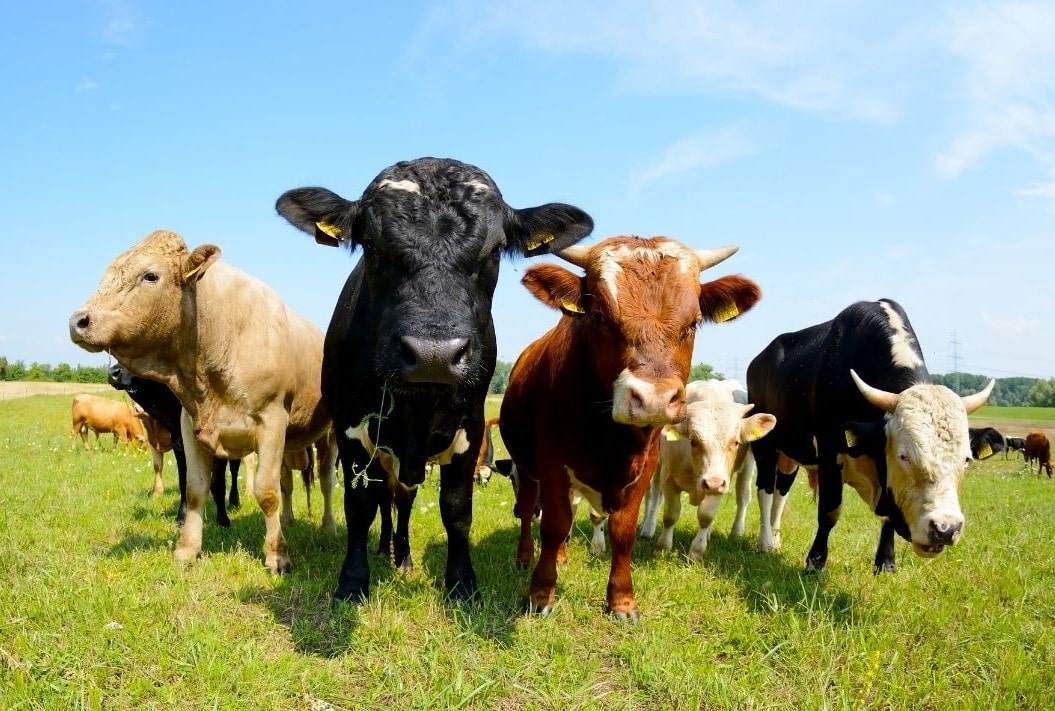
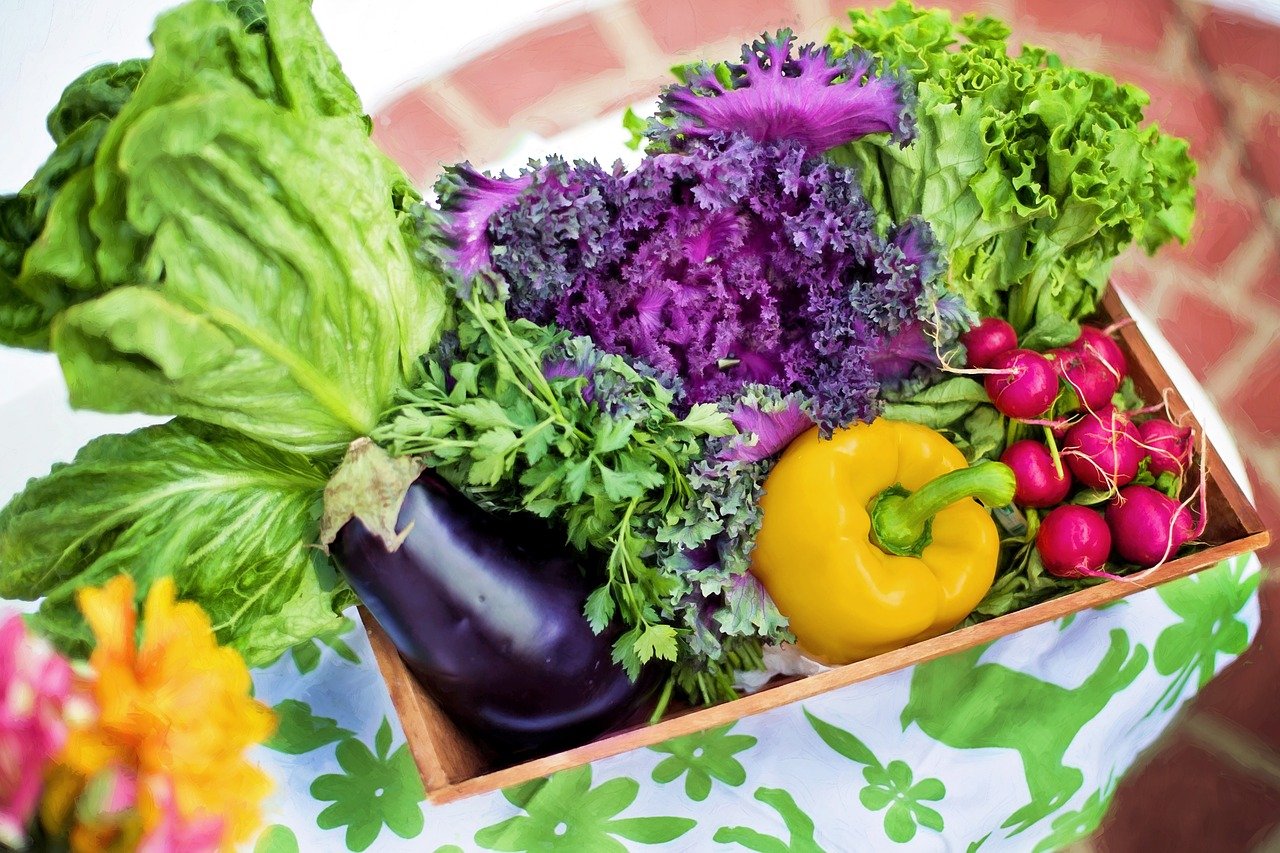
Protein
Starting with the macronutrient protein. This is one of the most obvious changes. Many people think that without meat and dairy we cannot get enough protein. Luckily, there is protein in most foods, including most vegetables. Beans, nuts and seeds are also high in it. If you’re eating a varied diet with many plant sources, you should have no issues.
The only thing to be aware of is that there are a number of different essential ‘building blocks’ of proteins (amino acids). Meat gives us all of these at once, whereas plant sources tend to have different combinations (although soybeans, quinoa and buckwheat are complete sources).
If you don’t get the right amino acids through your food, your body may break down your muscles to get what it needs!
This is why you need to mix up your plant protein sources – to make sure that you’re consuming all the different types. This doesn’t have to be in the same meal though, or even in the same day, and you don’t need to learn which amino acids are in which foods, just get variety in your diet 😊.
Calcium
The milk adverts have made us believe that we need to eat dairy to get enough calcium. This isn’t actually true! Some plant sources (especially leafy greens) actually have a lot more, and it’s argued that the calcium in plants is easier for us to absorb! [1] There’s 125mg calcium in one serving of cow’s milk, but there’s over 150mg in a serving of kale, and it’s 30% more absorbable! [3] I know, that’s pretty shocking right!
There is even research suggesting that, because animal proteins are acidic, the end result of drinking milk is calcium loss from our bones [2] – what!!?? This is a new area of research and the results aren’t conclusive, but when we look at the countries with the highest levels of bone diseases like osteoperosis and see that they correlate with the highest dairy consumers you do have to wonder… (Note yoghurt does not seem to have the same effect).
You can get plenty of calcium on a plant-based diet if you eat lots of:
- Plant milks as these are often fortified with calcium.
- Sardines (very calcium rich with the bones – the de-boned ones not so much).
- Leafy greens (spinach, kohlrabi, broccoli, kale, cauliflower leaves etc).
- Beans are another great source (lentils, kidney, black, chickpeas).
- Almonds, sesame, chia and sunflower seeds too.
We should also make sure we’re getting enough vitamin D as it helps with calcium absorption (see section below…).
A calcium deficiency might look like brittle nails, dry skin, achy muscles, tooth decay, fatigue, depression, headaches, allergies, and more common colds than usual [12]. It can lead to osteoporosis, heart failure and miscarriages so get those leafy greens in you!
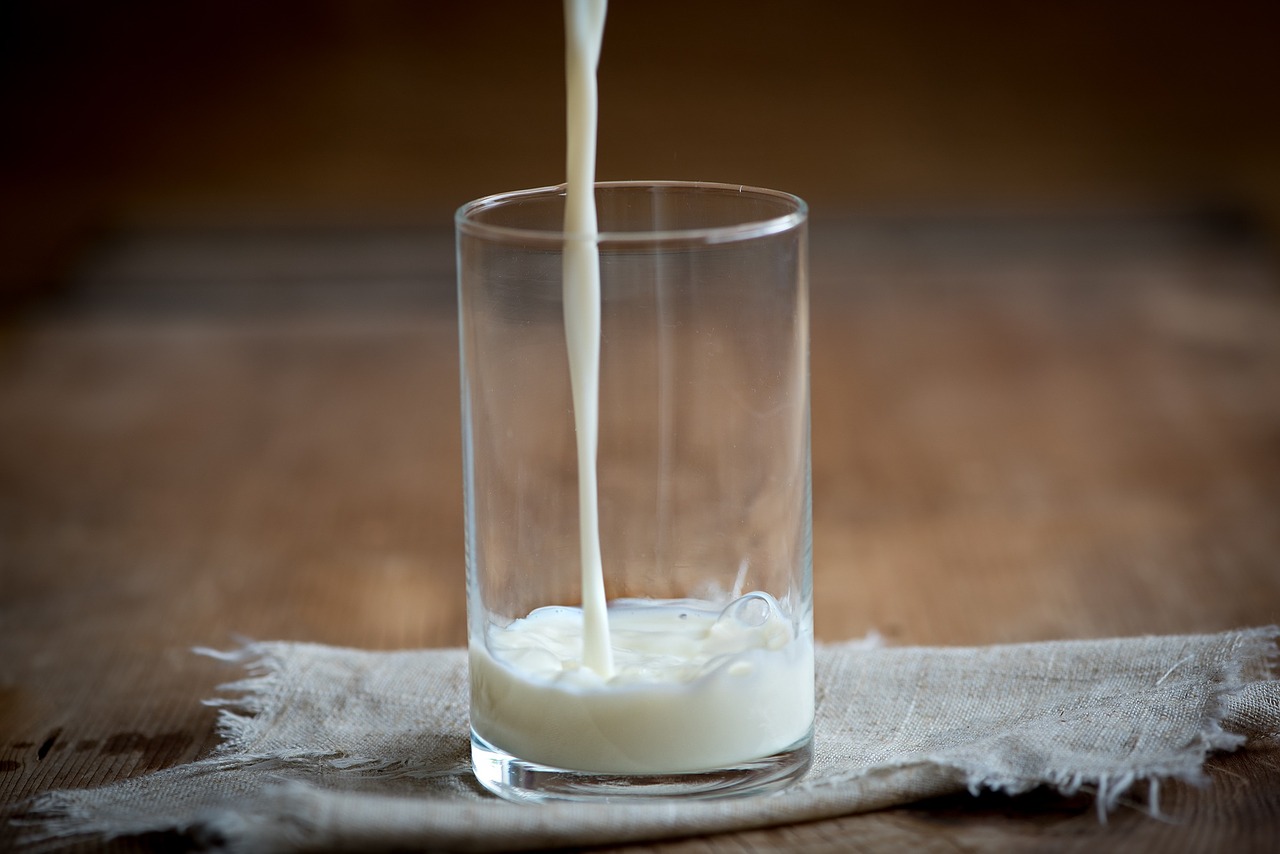
Iron
The most common nutrient deficiency in the world.
We associate red meats with iron, and when we’re anaemic, the first thing we think to eat is a steak. So where can we get it from if we’re not eating red meat?
Luckily, there are plenty of plant sources, although plant source iron isn’t as well absorbed so you will need to eat more…
- Lentils
- Chickpeas and beans
- Tofu
- Nuts i.e. cashew nuts
- Seeds like hemp, chia, linseed and pumpkin.
- Leafy green veg i.e. Kale, spinach, broccoli, spring greens
- Dried apricots, figs, raisins and prunes
- Quinoa
- Fortified breakfast cereals
- Wholemeal bread and flour
So again, a solid vegan diet with good variety of greens and the inclusion of pulses and seeds will be sufficient, especially if you’re consuming fortified foods like cereals, breads and plant milks.
It’s worth knowing that vitamin C consumed with iron rich foods improves absorption (in things like peppers, broccoli, cabbage, brussel sprouts, oranges, strawberries, orange juice etc.), and tea, milk and coffee can inhibit absorption, so try not to combine these with your iron sources if you are low.
Deficiency shows as fatigue, dizziness, pale skin, weakness, and sometimes cravings for odd things like ice and dirt.
Those are the ‘popular’ones, and they’re not an issue at all! So which ones should you be concerned about?
Vitamin D
Our most common deficiency in the western world, whether you eat meat and dairy or not. This deficiency has become such an issue that the UK government now suggest all children under 12m old are given 10mg of vitamin D supplement daily, and children aged 1-13 should take 15mg daily.
In the summer we can get enough through shorts bursts of exposure to the sun without sunscreen (keep it under 15-20 mins at a time and don’t burn!). If your skin is darker, your body will find it harder to make enough. Being obese or over 70 can also interfere with the processes and cause a deficiency.
A rule to go by is to expose as much of your skin as you can for half the time it takes for your skin to be red the next day (burnt).
Another useful tip is that if your shadow is twice as long as you are tall, the sun is too weak for vitamin D production.
Our bodies can store vitamin D, but only for up to 60 days, which means that during winter, it is likely we will need some from our food sources such as:
- oily fish (sardines, salmon, fresh tuna, mackerel, herring)
- egg yolks (although the amount depends on how much exposure to the outdoors the chicken had, or whether it was fed a vitamin D enriched diet). Free range or organic eggs often have more vitamin D.
- mushrooms treated with UV light. When shopping, check the label for a mention of vitamin D content. If you’re having trouble finding mushrooms exposed to UV light, try your local health food store or farmers market — which often carry wild mushrooms. Some types like Portobello and Maitake have higher levels.
- Fortified foods: plant milks often have added vitamin D, some tofu, some soy yoghurts, some orange juices, cereals and some plant margarines. Check the packets.

As you can see, this is one area where a plant-based diet can cause issues. If you’re still eating eggs and get your weekly portion of oily fish, you don’t really need to be concerned.
If you are a vegan, in the summer months, make sure you’re getting some exposure to sunlight (little and often). Over the winter months make sure that you eat plenty of fortified foods. This is one to consider supplementing, especially in the winter. The UK government recommends it. Be aware that too much becomes toxic, so take the suggested amount!
Vitamin D deficiency presents as muscle weakness, pain (particularly in the lower back), regularly getting sick, fatigue and depression.
Vitamin B12
This vitamin cannot be produced by our bodies. We have two ways to get it, eating meat or relying on our gut bacteria.
This is actually a complex and controversial vitamin! If you just want the answers skip the next few paragraphs, if you believe knowledge is power, read on…
Current research is not conclusive about whether we can get vitamin B12 from the bacteria in our guts. Partly because we cannot agree how much of our guts they are found in. Unfortunately, although the bacteria in our guts produce B12 if we feed them fibre, it’s possibly too far down our digestive processes to be absorbed effectively. Seemingly, this is the reason that many herbivores eat their own faeces – they contain B12! I can’t see consuming our own poo taking off though…
There is also debate about where these B12 producing bacteria live, with some theorising that we have B12 producing bacteria living in our mouths, as well as the small intestine, but this seems to be unlikely in Westernised populations, as we have often destroyed our micro-organism populations with frequent anti-biotics [5]. So we can’t really rely on it.
There is also debate as to whether we can even access the B12 from meat sources properly due to the cooking processes [5]. So it’s not just meat eaters who may have issues getting this vitamin!
Luckily, our requirement for it is small, and we reabsorb a lot of that which is excreted through our bile so it can take 20 years for a deficiency to develop if we don’t get any!
Vitamin B12 deficiency can cause fatigue, paleness, tingling in hands and feet, anorexia, confusion, delusions, paranoia, weight loss and respiratory issues [5].
Dispelling a couple more myths about this:
Some people mistakenly believe that nutritional yeast contains vitamin B12. In actual fact, it is just that many brands are fortified with it (as it’s mainly eaten by vegans). Check the label.
Vegans also often believe that algae is a source of B12. The one they are referring to is blue-green algae, which isn’t an algae at all, but a bacteria. Unfortunately, no studies have shown conclusively that we can get B12 from blue-green algae. True algae itself is also not a good source as whilst they absorb some from the ocean, you’d have to consume masses to get enough, and that would come with a heavy load of sodium… [6]
Overall, my opinion is that we need to look after our gut health as a priority, encouraging these B12 producing bacteria and healthy absorption of the B12 from our bile. if you can eat some eggs, they’re one of the better sources of B12 (both health wise and ecologically). If you don’t eat eggs, there are some fortified products you may find B12 in: yoghurts, plant milks, cereals, nutritional yeast, spreads and Marmite!

Vitamin K
One of the fat-soluble vitamins found in whole milk, there are plants with high levels too so again, so long as your vegetarian/vegan diet contains a wide variety of veg you shuold be fine. Here are some of the highest sources…
- greens like Brussels, cabbage, kale, broccoli, spinach, spring greens
- Spring onions
- Kiwi
- Prunes
- Soybean oil
- Avocado
- Green peas
Eat these with fatty foods, i.e. cook in oil as this is a fat-soluble vitamin and you’ll absorb the vitamin more easily.
Deficiency looks like dark black stools, being easily bruised and small blood clots under the nails.
Zinc
As zinc is not found in many plants and is in a harder form to absorb than the zinc in meat, deficiency can occur. Good plant sources are:
- Beans and chickpeas
- Lentils
- Tofu, walnuts and cashews
- Chia seed, linseed, kelp and pumpkin seeds
- Wholemeal bread
- Quinoa
- Fortified breakfast cereals
Yoghurt is also a good source.
Zinc deficiency can lead to an impaired immune system, hair loss, slow wound healing, diarrhoea and loss of appetite [9].
Iodine
We get a lot of our iodine from the iodine fortified feed given to dairy cattle through milk consumption. It’s also common in shellfish and non-oily seafood like cod as well as eggs (because it’s added to chicken feed). Cottage cheese is one of the best sources [10].
Plants are not generally high in iodine as they do not need it. There may be some in plants, but it depends how much was in the soil they were grown in. These days our soils are becoming increasingly depleted in nutrients so we shouldn’t rely on this [11].
So when we stop drinking dairy and turn vegan, our levels will reduce.
If you’re consuming a lot of plants, it’s possible that the levels of iodine in your diet are sufficient (especially from organic sources where soils are likely to be less depleted). It is difficult to be sure though.
Vegans often rely on seaweeds, and some seaweeds can have reasonable amounts (Asian Wakame, Kombu Kelp are good). Nori in sushi rolls is pretty low. Seaweed can be high in sodium and contaminated by heavy metals though, and we don’t want to consume too much, so don’t go overboard. A low dose non seaweed supplement may be beneficial.
Dried prunes are a good and easily accessible vegan source so make sure to eat some! They are particularly good in porridge and flapjacks and have a lot of fibre.
A lack of iodine can cause symptoms of hypothyroidism or goitre. Although we also experience thyroid problems when consuming too much aswell.
Selenium
As some of the highest sources are meats and fish, being a vegan can present issues. Brazil nuts are the highest source of all though, just 2 could give you your daily allowance! Eggs and cottage cheese are other good sources for vegetarians. Other plant based sources: brown rice, sunflower seeds, mushrooms.
So easy to avoid this one, just make sure that you have some brazil nuts in your diet!
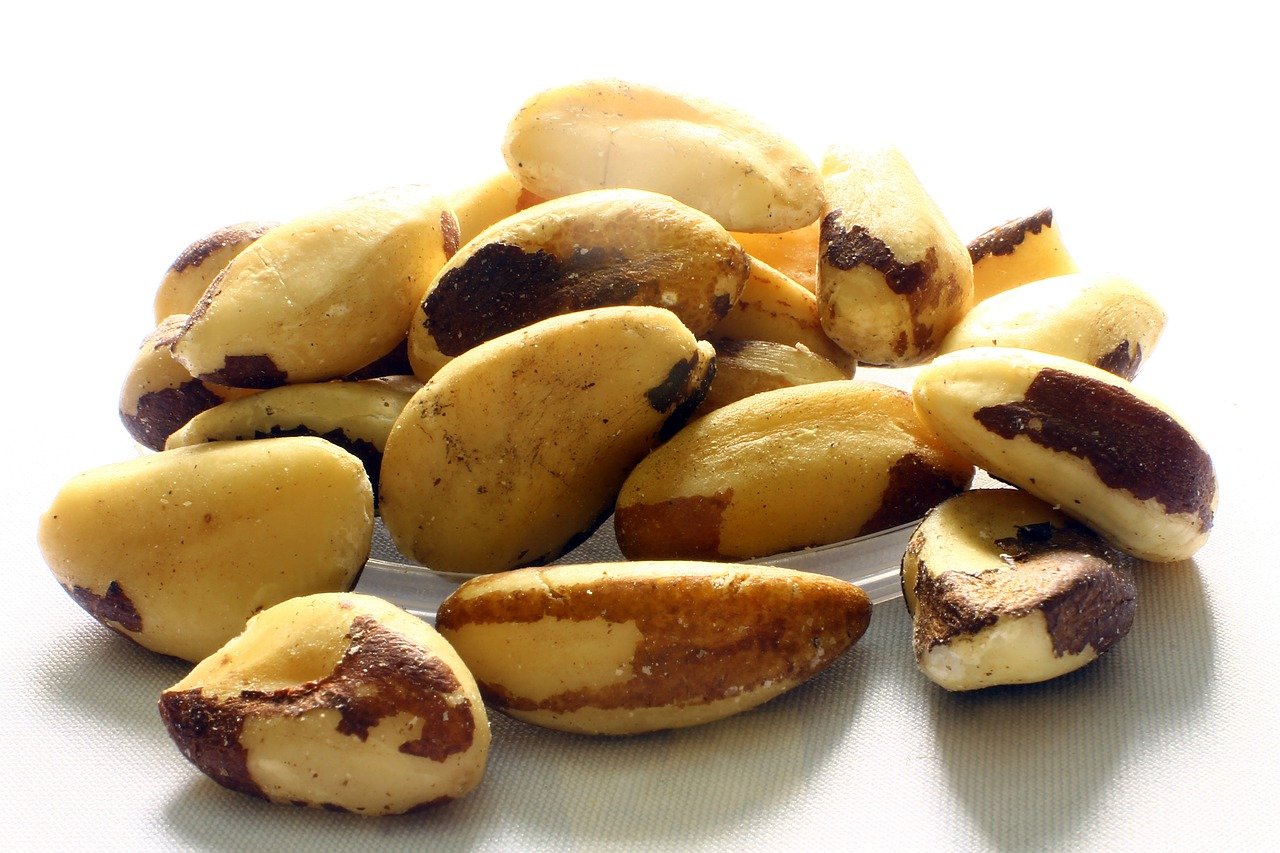
Omega 3 and 6 fatty acids
Despite their bad press over the years, fats are essential to our survival. There are a couple that we cannot make and therefore must get in our diets, these are the omega fats.
Generally speaking, most of us are not deficient in omega 6, as it’s in many nuts and seeds, particularly ones commonly used in our cooking oils and spreads like sunflower and soy. Omega 3 fats are less easy to get in sufficient quantity.
Omega 3 fat deficiency isn’t just limited to vegetarians and vegans, many meat eaters are deficient too. But as one of the main sources is oily fish, vegans are at a higher risk.
To make this a little more complicated, the ratio of omega 3 to 6 is important. Too much omega 6 can impede the use of omega 3. Omega 6 fats are involved in inflammation, whereas omega 3 are anti-inflammatory.
In our Western diets, many of us do not each much oily fish AND eat a lot of omega 6 – it’s in most the cheap vegetable oils so pretty much any processed food (crisps, cakes, ready meals etc), restaurant dinner, plant-based spread or take out is laced with it.
What this means is that most of us now get around 14-25x more omega 6 than omega 3 [10], when we should be aiming for around 2x more.
An imbalance here can show up as reduced brain function, decreased hair quality, reduced heart function, skin elasticity loss, reduced organ function, joint and muscle pain and increased inflammatory and auto-immune diseases.
So what should you do here?
If your beliefs allow it, make sure you are consuming oily fish at least once per week (but from a responsible source please – look for sustainability labels like MSC). It will cost more, but our oceans are in serious trouble and we must support sustainable fishing with our wallets, rather than trawlers with huge levels of bycatch.
Unfortunately for non-fish eaters, the plant based sources of omega 3 fats contain a version (ALA) that our bodies are very inefficient at using (possibly as little as 1% is available). Still, it’s something, so consume lots of:
- Chia seeds
- Ground linseed
- Hemp seeds
- Soya based foods and oils (include these but don’t go overboard on soy)
- Flaxseed oil and rapeseed oil
Then, help reduce your imbalance (especially if you are a vegan) by:
- reducing the use of sesame, corn and sunflower oils and switching to ones like rapeseed, coconut, olive or avocado. Check out this post about healthy cooking oils to help you choose a healthy and eco friendly swap…
- reducing your consumption of fried, processed foods, including store bought cakes, crisps, and take out. Bake your own so you know what’s in it!
- Check your plant-based spread and make sure that it is not based on the oils above (vegetable, corn or sunflower).

So how do you avoid deficiencies on a plant-based diet?
To summarise the above, you should be able to avoid most deficiencies without having to eat meat, dairy and eggs. You do need to be a bit more deliberate and mindful with your choice of foods though. Make sure that you are eating a wide variety of grains, beans, vegetables (including lots of leafy greens) nuts and seeds.
If you can eat eggs and oily fish, these will lower your risk of a lot of deficiencies (B12, omega 3, selenuim, iodine, vitamin D, protein). They don’t have to be in large amounts. Get these from responsible, sustainable sources and you are still helping the planet.
Vegans should be sure to eat dried prunes for iodine, brazil nuts for selenium, and eat lots of mushrooms (especially wild mushrooms). Foods fortified in vitamins D and B12 should also be sought out (plant spreads, plant milks, cereals and plant based yogurts often have additional vitamins).
Minimise your consumption of omega 6 oils by checking your cooking oil (lists above), plant spread and reducing processed foods and take outs.
Do this and you should avoid the deficiencies of a plant-based diet, although supplementation for vitamin D, iodine and omega 3 can be considered.
I hope this helps 🙂
One of the easiest ways to follow a diet like this is to have recipes which are rich in veg, nuts and seeds. These aren’t always easy to find. I have my own recipes which are based on all these wonderfully nutritious foods, but also seasonal, balanced for macros and with eco-friendly and health tips to help you get educated in a piecemeal way.
Struggle with meal planning? Use my meal planning software, suggested meal plans and recipes to make this all easier! Learn more here…
If you want to know when I research something new (eco-tea bags, oils, milk alternatives etc), put up a free recipe (balanced, seasonal and planet-friendly) or have other suggestions to help you on your eco-journey, sign up to my mailing list below and join my Facebook Group (click here)!

Sarah is a Nutrition and Behaviour Change Coach who focuses on helping people to eat in a way that’s better for their health AND for the planet.
After turning her attention from Accounting and Project Management in London, she’s returned to her scientific roots and now spends her time researching eco-options and trying to understand the truth about the eco-issues we’re being increasingly presented with.
Her main aim is to help people to start making some small (but significant) changes to the way they eat so they can enjoy all the benefits, like more energy, less sickness, reduced risks of future disease and less guilt – because we all need less stress and guilt in our lives! All whilst minimising our ‘footprint’.
Check out her story here… or take a look at HOW she can help you on the Services page. Having gone from being a vegetable hating, stressed out and sick corporate mum who felt constant guilt for not feeding her family properly and not doing enough for the planet to a healthy, veggie loving and eco-minded mother with much less stress, she’s been where you are and can definitely help you overcome your barriers!
References
[1] 20 Plant Foods That Contain More Calcium Than Milk and Other Dairy Products – Live Love Fruit
[2] Debunking The Milk Myth: Why Milk Is Bad For You And Your Bones – Save Our Bones
[4] Intestinal Bacteria as a Vitamin B12 Source – Vegan Health
[5] The Vitamin B12 Issue – some of the myths exposed! (vibrancyuk.com)
[6] Algae as a Vegan Source of B12: What the Experts Have to Say – PlenteousVeg
[7] Nutrients | The Vegan Society
[8] The vegan diet – NHS (www.nhs.uk)
[9] Nutrients You’re Missing If You’re Vegetarian Or Vegan | The Healthy
[10] 9 Healthy Foods That Are Rich in Iodine (healthline.com)
